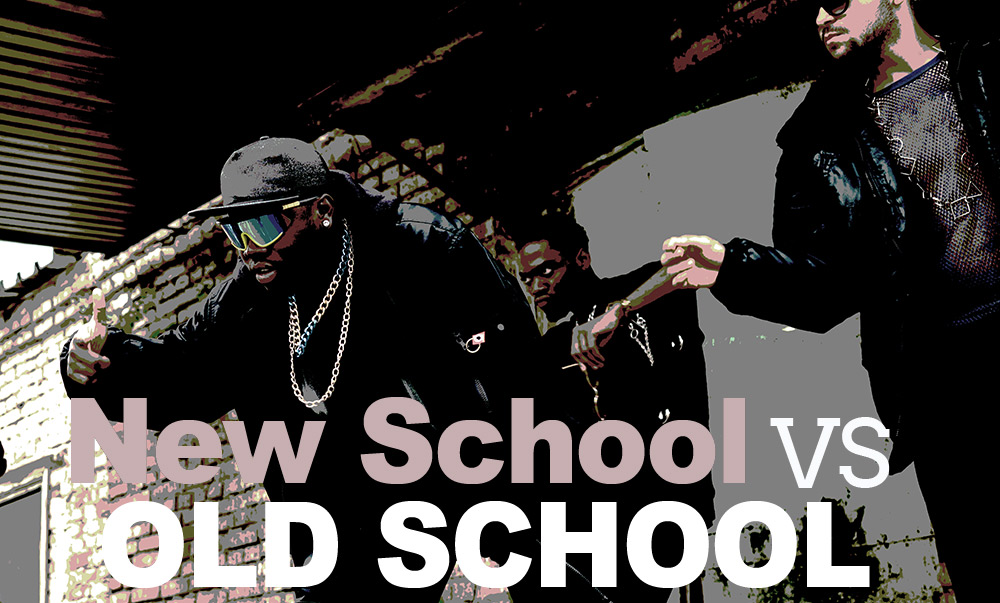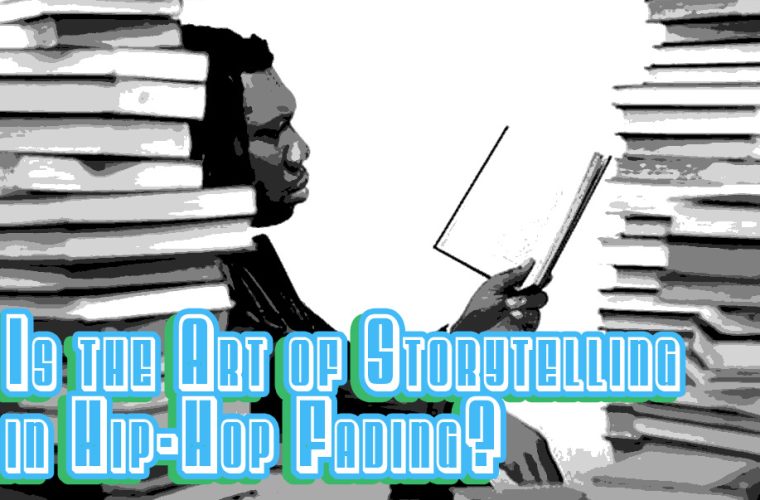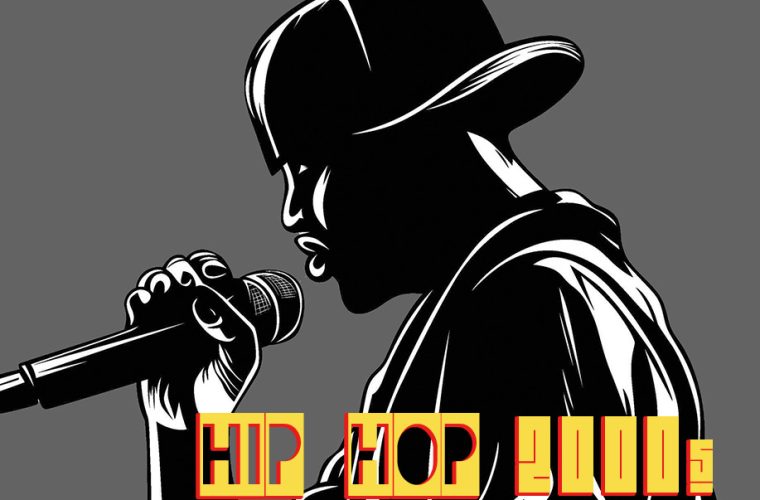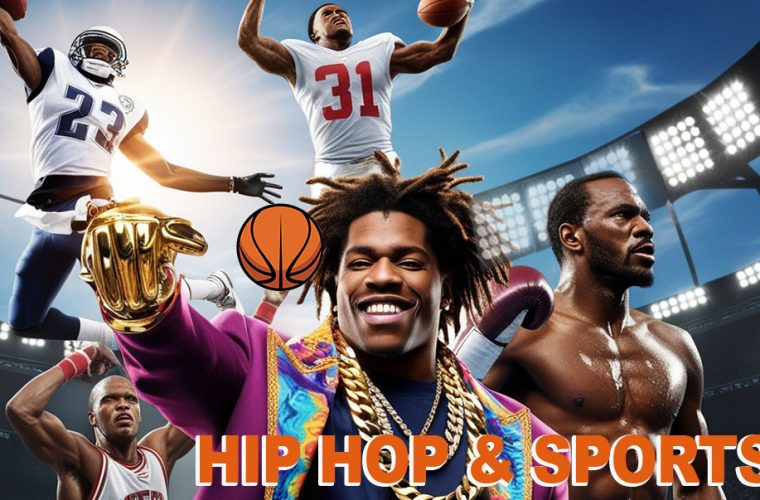
By: Dogli Wilberforce
Rapindustry.com
The debate between old-school and new-school hip-hop is one of the most passionate discussions among fans, artists, and critics alike. The question of who “owns” the culture is loaded, touching on issues of authenticity, evolution, and the commercialization of the genre. Hip-hop, born in the Bronx in the late 1970s, began as a form of self-expression for marginalized communities and has since transformed into a global phenomenon. The music and the message have evolved, but the question remains: Does the essence of hip-hop lie with the pioneers of the old-school era, or is it embodied by the trailblazers of the new school?
Old School Hip-Hop: The Foundation of the Culture
Old-school hip-hop, often called the “Golden Age,” is typically associated with artists from the late 1970s through the early 1990s. Figures like Tupac Shakur, The Notorious B.I.G., Eazy-E, and Grandmaster Flash used their music as a medium for storytelling, offering social commentary on issues like racial injustice, poverty, and inequality. Their lyrics reflected the gritty realities of life in inner cities, addressing the struggles and dreams of Black communities and emphasizing the raw, unfiltered voice of the streets.
The Golden Age of hip-hop was also a time of lyrical mastery and intense creativity. Artists would freestyle and battle rap, using wordplay and storytelling as tools to communicate messages that were often politically charged. A fan of old-school hip-hop might say, “Back then, rappers didn’t just perform—they had a message, and it was powerful.” This era is celebrated not only for its message but also for the beats and rhythms, often sampled from jazz, funk, and soul records, which added layers of depth to the music.
One defining aspect of old-school hip-hop is its emphasis on authenticity. In this era, “keeping it real” was essential. Artists were expected to represent their real-life experiences, making music that was true to themselves and their communities. This authenticity created a lasting connection with fans who saw their lives reflected in the music.
New School Hip-Hop: Evolution and Commercial Success
As hip-hop entered the 2000s, the genre began to shift. This “new school” era brought a broader range of influences and a different focus. Artists like Travis Scott, Lil Baby, Cardi B, and Doja Cat have embraced themes that go beyond social justice and struggle, tapping into the realities of modern life. Today’s hip-hop often explores topics like mental health, identity, relationships, and self-expression in ways that older artists did not.
Technology has played a huge role in new-school hip-hop’s rise. With digital production techniques, artists can create a wide variety of sounds and styles, allowing for greater experimentation. This has also led to the rise of subgenres within hip-hop, such as trap, drill, and lo-fi hip-hop, each with its unique sound and audience. These genres appeal to different tastes and experiences, illustrating how hip-hop has adapted to reflect diverse voices.
For some fans, new-school hip-hop is refreshing because it reflects the complexities of today’s world. As one fan put it, “New-school rap isn’t just about social issues; it’s about the freedom to express everything about life.” And with the commercialization of hip-hop, artists today are more than musicians—they’re brands. Social media, streaming platforms, and partnerships have allowed rappers to reach a global audience, transforming hip-hop into a billion-dollar industry.
However, this commercialization has been a point of contention. Critics argue that with the increased focus on branding and sales, some of the substance has been lost. New-school hip-hop is often criticized for its simplicity in lyrics, repetitive hooks, and focus on lifestyle themes rather than depth. For instance, “mumble rap” is a term used to describe a style of rap where words are slurred or difficult to understand, leading some to argue that the music lacks the lyrical complexity of older hip-hop.
Authenticity vs. Commercialism: The Core of the Debate
The clash between old-school and new-school hip-hop often boils down to the issue of authenticity versus commercialism. Old-school fans value the genre’s roots, which were steeped in real-life issues and gave voice to the voiceless. For these fans, hip-hop should remain connected to the struggles and experiences of the communities that birthed it. They see the old-school era as the “real” hip-hop—a period when artists were not driven by money or fame but by a passion for the art form and a desire to make a difference.
On the other hand, new-school proponents argue that commercial success does not automatically mean a lack of authenticity. In fact, they argue that hip-hop’s global reach is a testament to its power to connect with diverse audiences. They believe that evolving the genre is necessary for its survival. Many of today’s artists speak to contemporary issues in ways that resonate with younger generations, addressing topics like mental health, fame, and identity in a world shaped by technology and social media.
As one new-school fan put it, “Hip-hop is meant to evolve. Today’s artists are breaking barriers and giving the genre a new voice. They’re just as authentic, but in a different way.” They argue that just because the music sounds different does not mean it lacks meaning or artistic value.
The Role of Social Media in Shaping Perceptions
Social media has been a game-changer in the debate over old-school vs. new-school hip-hop. Platforms like Twitter, Instagram, and TikTok are flooded with opinions, memes, and arguments from fans who defend their preferred era with intensity. The accessibility of social media has allowed fans from all over the world to share their views, creating a vibrant online community dedicated to discussing hip-hop’s evolution.
Not only fans but also artists and industry professionals weigh in on these debates. Iconic figures like Ice-T have expressed concern about the direction of modern hip-hop, arguing that it has strayed too far from its roots. Meanwhile, other legends, like Snoop Dogg, have embraced the changes, acknowledging that each generation of hip-hop artists brings something new to the table.
This clash of perspectives on social media showcases the diversity of hip-hop culture and illustrates how different generations interact with the music. In the past, debates over music were confined to barbershops, living rooms, or concert venues. Today, the conversation is global, with fans sharing playlists, reactions, and memories that keep the debate alive.
Conclusion: A Shared Legacy
The debate over who owns hip-hop culture—old school or new school—is unlikely to end anytime soon. But perhaps the question itself misses the bigger picture. Hip-hop’s strength lies in its ability to evolve, adapting to new sounds, voices, and technologies while remaining rooted in its original purpose: to provide a voice to those who have been overlooked. Each era of hip-hop reflects the values, challenges, and experiences of its time, making it a mirror of the societies that produce it.
Old-school hip-hop laid the foundation, setting the tone with its focus on authenticity, storytelling, and social commentary. New-school hip-hop has expanded the genre’s reach, embracing diverse themes, innovative sounds, and a broader audience. Both eras have shaped the culture in their way, creating a rich tapestry of sounds and messages that resonate across generations.
Ultimately, hip-hop belongs to everyone who loves and connects with it. The old-school and new-school artists alike contribute to a shared legacy that continues to inspire and unite fans worldwide. Rather than deciding who owns the culture, perhaps we should appreciate the contributions of both eras, celebrating how hip-hop has changed lives, given voice to the voiceless, and brought people together.



